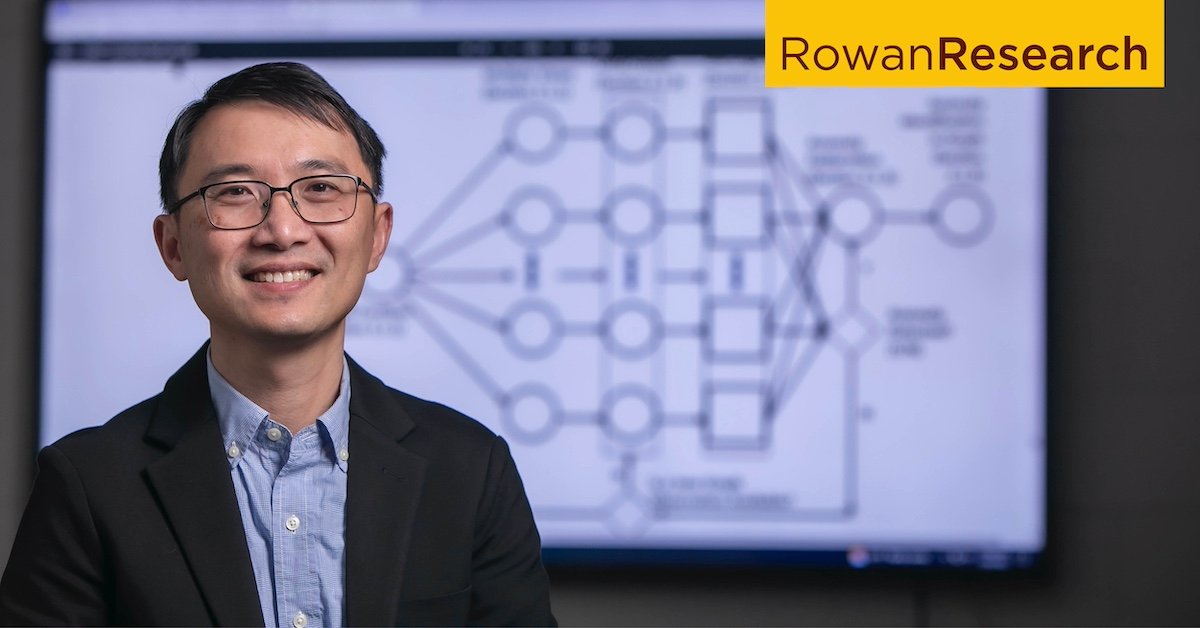Detecting weeds using robots—and a cloud
Detecting weeds using robots—and a cloud

Shen-Shyang Ho, Ph.D.
Computer scientist
Areas of expertise:Data mining, artificial intelligence, machine learning
More informationShen-Shyang Ho, Ph.D., likes to solve new problems. His work in computer science over the last 20 years has ranged from studying image data for anomalies in the manufacturing sector to analyzing satellite data tracking cyclones and hurricanes at NASA’s Jet Propulsion Laboratory.
“To me, the easiest problem to solve is an open one because there’s no definitive answer,” Ho says. “No one has come up with an optimal solution yet.”
Supported by the National Science Foundation and in collaboration with researchers at Stony Brook, Temple and Kettering universities, Ho’s lab conducts research to enable remote vehicles to make decisions efficiently. The method relies on a machine learning concept called cooperative inference.
In this solution, the deep learning model is split into two parts: one on a remote vehicle, such as a cell phone, drone or robot and the rest on a server or cloud. Powered by a limited energy source, such as a battery, the vehicle makes decisions with help from a cloud powered by a steady source of energy and minimal communication between the remote vehicle and server.
With Rowan mechanical engineering alumnus Paolo Rommel Sanchez, Ph.D., now a professor at the University of the Philippines Los Baños, Ho is testing a scenario involving precision agriculture, a farming method that uses technology to improve production results through targeted interventions.
The test uses a field robot to recognize weeds in a field of growing produce. Once weeds are identified via cooperative inference, the robot sprays herbicide on the weeds, not the crops.
More research is needed to optimize both the machine learning model (weed detection), as well as the amount of energy and time it takes for the robot to transmit and receive information from the field to the cloud where the more computationally expensive processes are executed.
“The robot is far away—it is a battery-driven robot,” explains Ho. “We have to make sure that it can last long enough in the field. I think precision agriculture is a very realistic application for this AI technology because the robot is moving slowly, making decisions.”
Additionally, Ho adds, robots handle chemicals. “There is a benefit to the health of the farmer,” he says. “Let the robots do the dangerous stuff.”
Rowan University researchers are passionate about what they do. Find more at Meet Our Researchers.